The Leather Star is a starfish, or sea star, in Asteropseidae family. These common starfish live off the western coast of North America. You can easily spot them in tide pools and intertidal areas by looking for their blue-grey coloration, complete with red and orange spots. Read on to learn about the Leather Star.
Description of the Leather Star
Like many other sea stars, these creatures have five large arms. This gives them the typical “star” like look most people expect from starfish. Their bodies have a blue-grey coloration, and they have red and orange mottling or spotting along the top sides of their bodies.
This species grows quite large, and they can reach about a foot across at their largest.
Interesting Facts About the Leather Star
You might spot this colorful creature while exploring tide pools on the west coast of North America. Learn what makes these starfish so unique, below.
- What’s in a Name? – Where did this creature get the nickname “leather” star? If you gently feel the surface of this creature (make sure you do not remove it from the water or harm it in any way while you do so) you will notice the texture is smooth and slightly slippery, like wet leather.
- Why are they Slimy? – The light slime on the surface of this species helps deter hungry predators. Most predators find the slimy surface distasteful and look for more palatable prey.
- What’s that Smell? – Another way this species keeps predators at bay is through the odor that it exudes. These starfish emit a garlic-like smell to further encourage predators to look for their meal elsewhere.
- Where’s its Mouth? – You’ll likely notice the smooth top of this sea star has no openings. The underside of its body hides its mouth. When it eats its prey, the starfish climbs over top of it and swallows it whole.
Habitat of the Leather Star
You can find this species in a number of different ecosystems. They commonly live in tide pools and intertidal zones. Additionally, they utilize manmade objects, such as docks and pilings, to climb and search for food. They live in waters as deep as 300 ft. or more.
Distribution of the Leather Star
This species lives off the western coast of North America in the eastern Pacific Ocean. Its range extends as far north as Alaska. From there, you can find it down the coasts of Canada and the United States. The southernmost extent of its range reaches the northern coast of Mexico. It does not range far from the coast.
Diet of the Leather Star
These sea stars have omnivorous feeding habits, which means that they eat both plants and animals. They feed on algae, but also hunt for invertebrates. Some common prey items include sea anemones, sea cucumbers, sea urchins, and more. This species is one of the few in its family that swallows its prey whole.
Leather Star and Human Interaction
Humans interact with this species to some extent. Some people harm this species while exploring tide pools. However, most people beachcomb responsibly and do not remove the creatures from the water. Pollution could also potentially impact this species. The IUCN has not assessed their populations, but the species is quite common.
Domestication
Humans have not domesticated any species of starfish.
Does the Leather Star Make a Good Pet
No, this species does not make a good pet. People occasionally keep some sea star species in their saltwater aquariums. However, this species reaches quite large sizes, which makes them impractical to house in a home aquarium.
Leather Star Care
Commercial aquariums commonly house this species of sea star, particularly in touch-style tanks that allow guests to explore and interact with the creatures inside, under supervision of staff.
They keep the sea stars in cool, shallow waters with a variety of rocks and things for them to attach to. The touch tanks open periodically throughout the day, and allow frequent breaks from access for the animals to rest.
Behavior of the Leather Star
These creatures spend most of their time slowly moving about in search of prey. They move using rows of tube feet on the undersides of their bodies. The tube feet attach to the surface underneath them, and the starfish use the sea water to fill and empty the feet and move them along.
Reproduction of the Leather Star
All sea stars can breed both sexually and asexually. In sexual reproduction, the creatures release eggs and sperm into the water to fertilize externally in a process known as spawning. The newly formed embryos go through a free-swimming larval stage.
They can also reproduce without a member of the opposite sex. A broken arm can regenerate into a new individual, or the starfish can split its body in half, and both halves regenerate into two individual creatures.


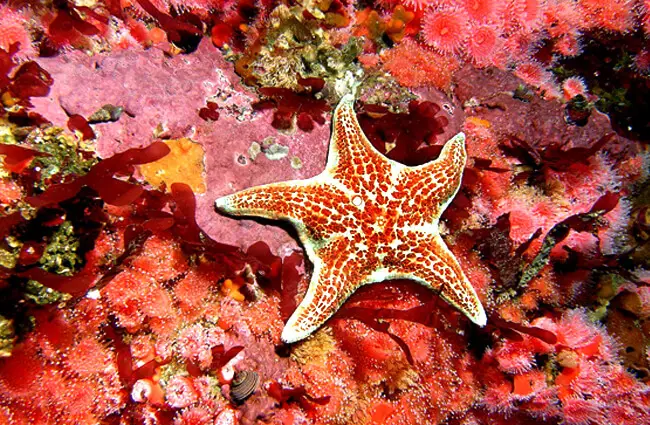
![Closeup of a Leather Star Closeup of a Leather Star Photo by: Chad King / NOAA MBNMS [Public domain]](https://animals.net/wp-content/uploads/2020/01/Leather-Star-6-650x425.jpg)
![Leather Sea Star displayed on a rock in Olympic Coast National Marine Sanctuary Leather Sea Star at the Olympic Coast National Marine Sanctuary Photo by: David J. Ruck, NOAA Office of National Marine Sanctuaries [public domain] https://creativecommons.org/licenses/by/2.0/](https://animals.net/wp-content/uploads/2020/01/Leather-Star-3-650x425.jpg)
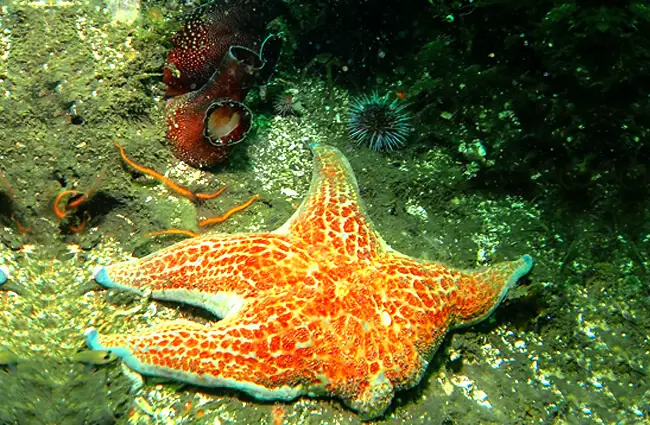
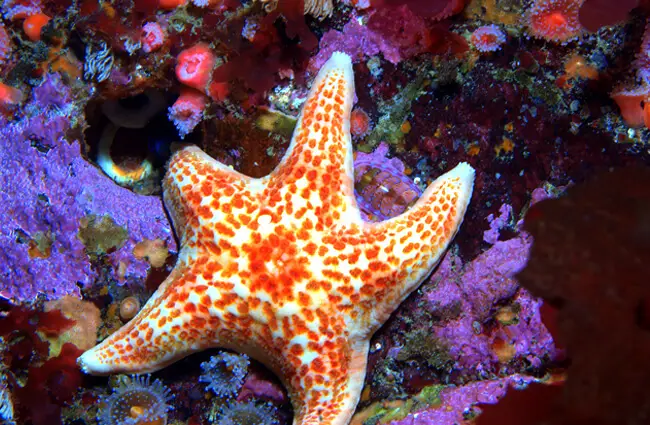
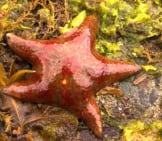
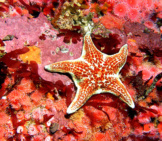
![Closeup of a Leather Star Closeup Of A Leather Star Photo By: Chad King / Noaa Mbnms [Public Domain]](https://animals.net/wp-content/uploads/2020/01/Leather-Star-6-162x141.jpg)
![Leather Sea Star displayed on a rock in Olympic Coast National Marine Sanctuary Leather Sea Star At The Olympic Coast National Marine Sanctuary Photo By: David J. Ruck, Noaa Office Of National Marine Sanctuaries [Public Domain] Https://Creativecommons.org/Licenses/By/2.0/](https://animals.net/wp-content/uploads/2020/01/Leather-Star-3-162x141.jpg)
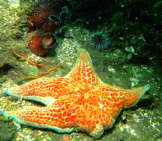

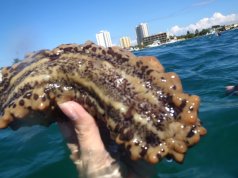

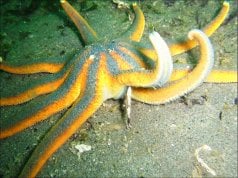










![Red Angus Closeup of a beautiful Red Angus cowPhoto by: U.S. Department of Agriculture [pubic domain]https://creativecommons.org/licenses/by/2.0/](https://animals.net/wp-content/uploads/2020/03/Red-Angus-4-100x75.jpg)

